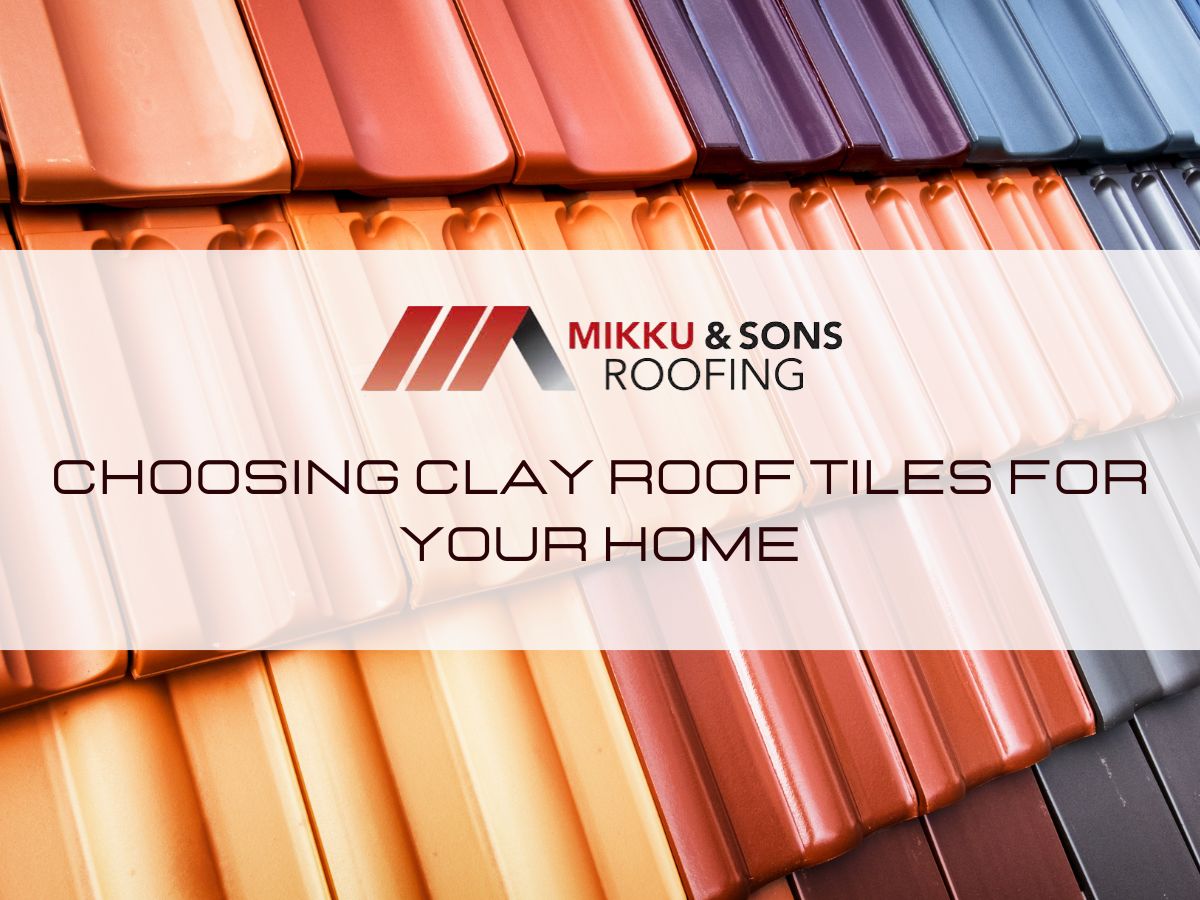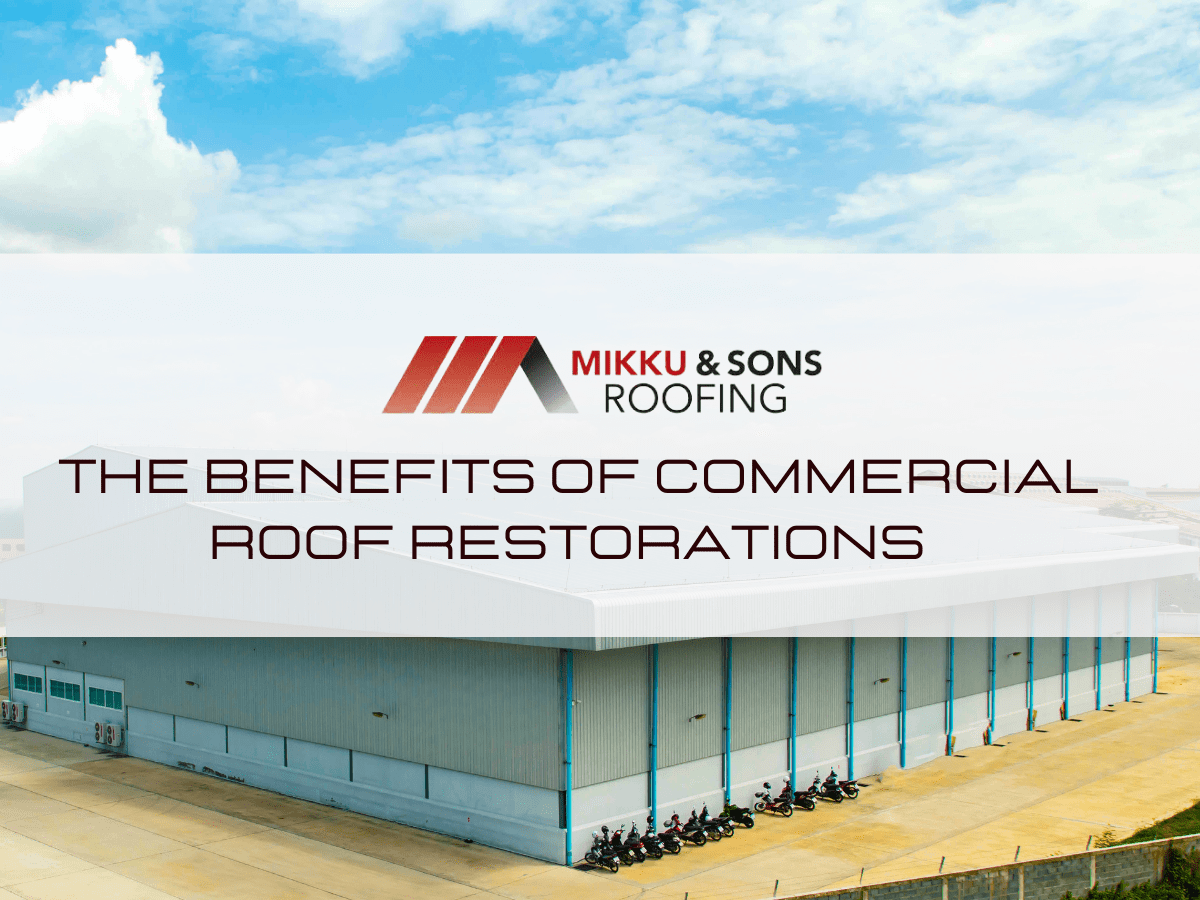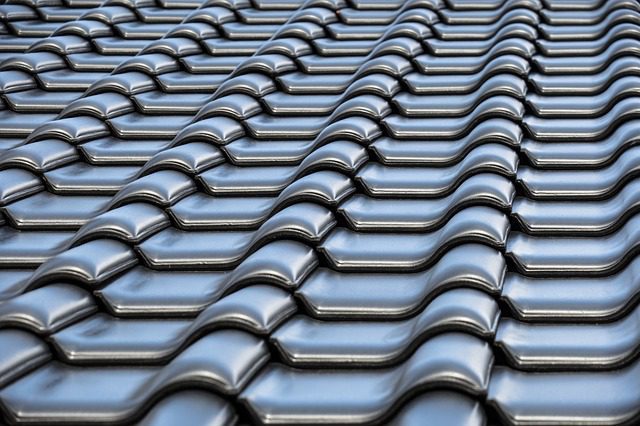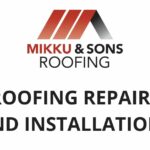

Commercial buildings are the places where business is done. Commercial buildings include office buildings, retail spaces, warehouses, and other types of structures.
Sometimes the building owners don't feel the need for commercial roof restorations even with the advice of the building manager or facility manager due to the expense or mess of commercial roof restoration. This article explains the benefits of commercial roof restorations when you go out of pocket to do them.

Repairing a tiny section of the roof is not the same as restoring the entire roof. A complete roof replacement is much more expensive and time-consuming, while a roof restoration is much cheaper and done on a smaller scale.
Commercial and industrial buildings have low-slope, single-ply or steep-slope metal roof systems. They can benefit from the building roof restoration process where liquid coatings are applied to the roof, and roofing surfaces are completely encased in a watertight, reflective and seamless coating system.
Commercial roof restoration involves more labor and calculative steps compared to a residential roof. The roofs are often huge, and therefore the restoration is carefully done on a small scale over a large area to ensure that the huge roof is completely restored.
These are some of the steps taken during a roof restoration:
1. Inspection
Restoration all begins with a professional commercial roofing company performing an assessment of your roof. They search for evidence of leaks, such as wet insulation, mold development, and stains.
After the inspection, the roofing professional then puts together all the items and labor input and specialty required for the restoration. This is done from the inspection report to establish the extent of damage, the certain area's specialty required and the materials needed.
2. Cleaning
The cleaning comes first to start the work. The buildup of dirt and debris on the roof is removed using pressure washing, which creates a clean surface for optimal adhesion of the coating.
Cleaning up also exposes any damaged parts of the roof covered by the debris that doesn't show as damaged areas on the report.
3. Repair
Leaks and structural problems can be addressed after cleaning. Repair entails re-bedding loose layers and filling in any gaps on the roof, including repairing or replacing damaged roof cladding (damaged metal sheets, tiles or shingles)
The restorative membrane will not stick to the roof like paint, and primer is therefore sprayed on first, then the surface is prepared for sealing. The membrane coating is put on the surface, which protects your existing roof by sealing the surface.

The restoration of a commercial roof has several advantages over a complete roof replacement or none at all. It can be a great way to extend the life of your roofing system.
Despite the fact that many roofing systems are built to last for decades while still providing outstanding performance, it is possible that roof restoration will be required in the future. Roof restoration might not seem appropriate at the moment, but in most circumstances, a roof restoration is a more cost-effective alternative to a complete roof replacement.
There are plenty of things to worry about while running a business or owning a commercial building, and a faulty roof shouldn't be one of them. If you let a leaky or otherwise deteriorating roof go long without fixing it, it could mean catastrophic problems down the road, including water damage, mold, rot, and more.
To understand more about commercial roof restoration and the benefits it can provide your business take a look at the following benefits for the most economical solution for your building.
1. Less expensive than a full roof replacement
When compared to a roof repair, a roof restoration might be equally as successful in solving your concerns. Roof replacement could cost up to $26 per square foot, while roof restoration could only cost up to $9 per square foot.
Regardless of the circumstances, the expense of repairing a roof is going to be high. Commercial building owners can save more than half of the cost of roof replacement by fixing their roof instead of replacing it.
Restoring a roof requires a lot less work and resources; thus, there are no additional costs. The cost of roof restorations is substantially less than the cost of replacing the entire roof.
Many of the benefits of a new roof can be achieved at a fraction of the expense through restoration. Because the existing roof isn't torn down, this technique involves less time and effort.
A roof restoration can not only save you money and effort, but it will also help you avoid a large loss in the future. To avoid the need for a complete roof replacement, get your roof fixed sooner rather than later.
2. Saves time as it is non-disruptive and quick
A full roof replacement necessitates more effort and may disrupt the building's daily routines. Some roof restoration can even be done as other activities take place since it is done in parts.
Since the tear-off process is omitted, it minimizes the impact on your business operations below the surface. Business shutdowns are more common in tear-offs than in restoration.
A roof replacement can take more than a month, while a roof restoration can be completed up to three times faster. There is, therefore, less interruption of the commercial activities and consequently fewer losses.
3. It is an environmentally friendly solution
Installing a new roof necessitates tearing off all of the old roofing materials, and enormous quantities of materials are thrown away or wasted, resulting in a large amount of landfill debris. Roof restorations use far fewer materials than new construction because rather than taking off old materials and replacing them with new ones, the existing roof is used as much as possible.
Since this roof system extends the life of your roof, it will be years before the debris from a full replacement needs to be deposited in the landfill.
A new roof generates a large amount of waste material that must be disposed of in a landfill. When a business roof is restored, its quality and sustainability are greatly improved, and less trash goes into landfills.
This is an environmentally friendly solution. It is also significantly easier to recycle the small debris that results from roof restorations.
4. An extended roof life
When a roof is constructed, it is done so with materials and workmanship that give it a certain lifespan. You may extend the life of your roof by 10 to 15 years if you are proactive and choose roof restoration before it deteriorates beyond repair.
When a roof is restored, it is coated with a protective layer to help it withstand the environment better. Under normal ponding water and the most extreme weather conditions like rain, snow, ice, sleet, or hail, the restoration systems remain adherent to the roof surface.
Due to the advantages of the entire restoration method, the expenses of maintenance are also cheap. You'll have enough time to save up and prepare for a roof replacement in the far future if you do this.
The normal lifespan of a commercial roof is between 15 and 20 years, but a restoration job can prolong the life of your roof by up to ten years if you deal with a reputable provider and maintain the coating properly.
5. An improved building safety
The success of a business not only depends on the merchandise or services but also on the conditions in which they are provided. The aging or damaged roof on a structure might pose a serious threat to the workers, clients and any commodities.
When moisture from a little leak builds up over time, it can swiftly cause mold and structural damage.
Mold can cause serious health issues to the workers and clients, while moisture can damage the wiring system in the sublayer and induce rot in wooden structures, which compromises a building's structural stability.
In addition to putting your business in jeopardy, a structurally deficient structure can also put your customers and staff at risk and should therefore be given immediate attention.
6. Reduced energy bills
A roof is constantly exposed to adverse weather conditions, such as UV radiation and freezing temperatures, because of its huge surface area. Running their air conditioning or heating systems may be a regular occurrence in an area that experiences frequent shifts in temperature.
A damaged part of the roof might be introducing cold or hot air from the environment, reducing the efficiency of the air conditioning and, therefore, higher energy bills to counter the effect. This is the same for a roof with compromised insulation which is critical to decreasing heating and cooling costs in commercial properties.
Solar reflectivity and emissivity are two properties that roofing systems commonly have, which can help your building become more energy efficient. You've probably noticed a lot of white top-coatings on flat roofs, which is an energy-saving measure.
The highly reflecting surface of the roof may help improve the life of your heating and air-conditioning systems because it minimizes the amount of heat in the building. In the summer, the reflective white coating keeps the structure cooler by reflecting sunlight saving you a lot of money over time.
The structure can be made more energy efficient by a roof restoration which has a greater impact on energy costs than you might believe.
7. Improved Resistance from the Elements
Commercial buildings may be subjected to harsh weather conditions depending on where they are located. A damaged roof is subject to leaks which cause mold and rot formation in its structures.
The damage will progressively get worse as time goes on if your roof is already in a state of degradation. Repairing a roof's weak spots will assist prevent future damage from the weather, especially extreme weather conditions like hurricanes and thunderstorms.
You will get a highly effective roof surface like the roof's surface will be protected by a watertight membrane that can halt leaks and lessen the need for roof repairs. If any further repairs are needed, the workers will have the opportunity to make them.

A well-maintained roof will, regardless, need to be replaced eventually due to the high expense of repairs. Some of these situations require a new roof instead of repairs.
Roof restoration is the extension of a roof's lifespan by fixing any damaged parts, while roof replacement involves tearing away the old roof and putting up a new one.
Repairing your roof is important before it becomes a real problem. As your roof deteriorates on a daily basis, it is always best to take a proactive strategy.
Each roofing situation is unique, and an earlier date of restoration increases the long-term success of the roof.
Most commercial roofs come with a warranty of 10, 15, or 20 years, depending on the manufacturer. A roof that is property restored might last up to 10 more years after it is restored.

Are you looking for a roofing business in your area? Make a call to Mikku and Sons Roofing to discuss your options.
The type of roofing system you have doesn't matter; we've worked on it all: single-ply, metal, modified bitumen, and built-up. Schedule a commercial building inspection with our company today!
